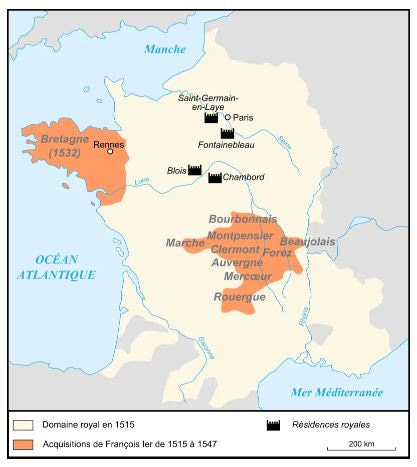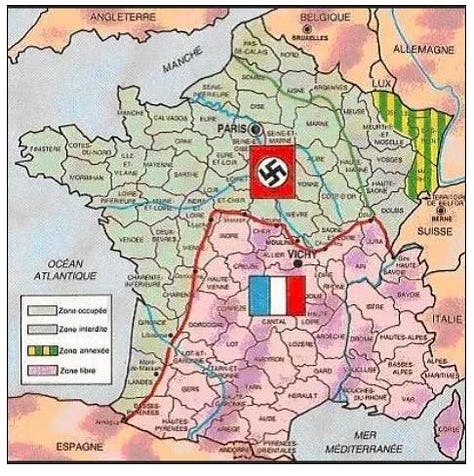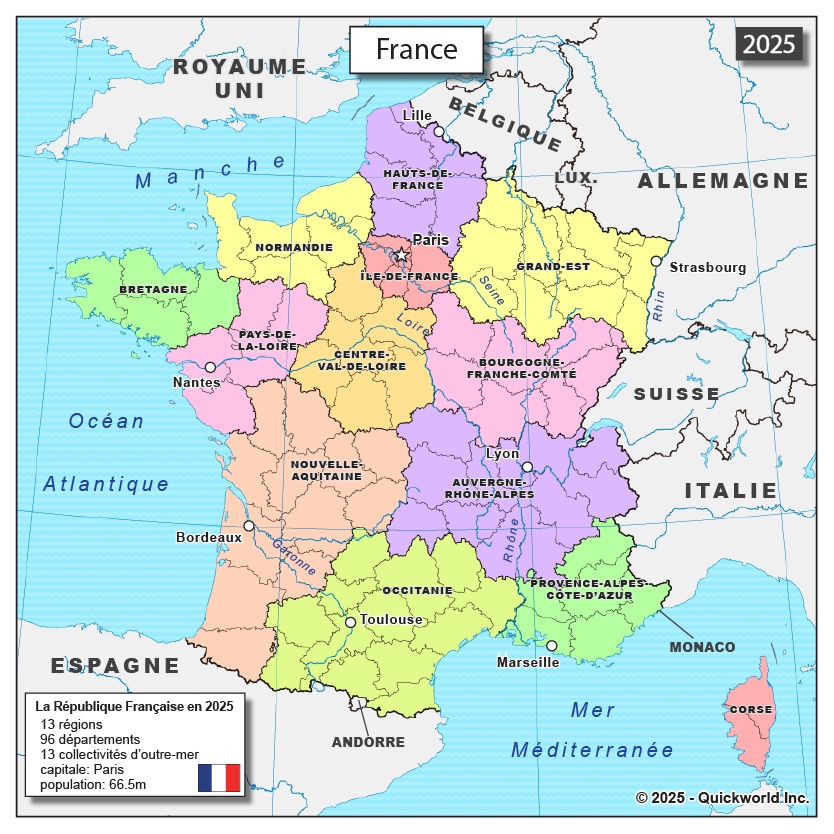It’s easy to think of countries as geographically stable: the block of France, the island of England. But over years, things can change. Take a look at the the map below - France in 1200 when my novel Behold the Bird in Flight begins - then compare it to the French map now. Quelle différence! I knew England once spread into France (Eleanor of Aquitaine’s marriage to Henry helped) but it’s easy to forget. I decided to look at other changes.
The Plantagenet Empire was at its peak when John, a newly crowned king, abducted a French girl and took her to England as his queen. In one telling, the French were so affronted they waged endless war against John who wanted to hold onto his French empire. Obviously he lost, not only the land but along the way, the support of his barons. At one point things got so bad, the barons welcomed the French when they landed in England. Our maps might have been entirely different if John hadn’t died and his son been proclaimed king. At the meager, hasty coronation, historians assert the “crown” was a circlet belonging to his mother, Isabelle. The dust settled, the Plantagenet empire was erased, and France was shaped like the map below.
In the following 800 years, the French map continued to morph. Below from left to right: The French unification begun by Philip, mostly complete by1553. Then Napoleon, stretching the country to a monstrous shape; after Waterloo, France shed the conquered kingdoms and snapped back. World War II, a dire change. I recently read “The Forger of Marsaille” by Linda Joy Myers, and was strongly reminded that the “free zone” was anything but.



And so we arrive at France today. John would be abashed; Philip proud. A calm and well-ordered map, long may it remain.
Behold the Bird in Flight, A Novel of an Abducted Queen covers the period when John lost the wars and was forced to sign the Magna Carta. The story is told through the eyes of Isabelle d’Angouleme, his queen. You can preorder it here if you’re interested.







Preordered!
Thanks for the history lesson, Terri! Your book sounds fascinating!